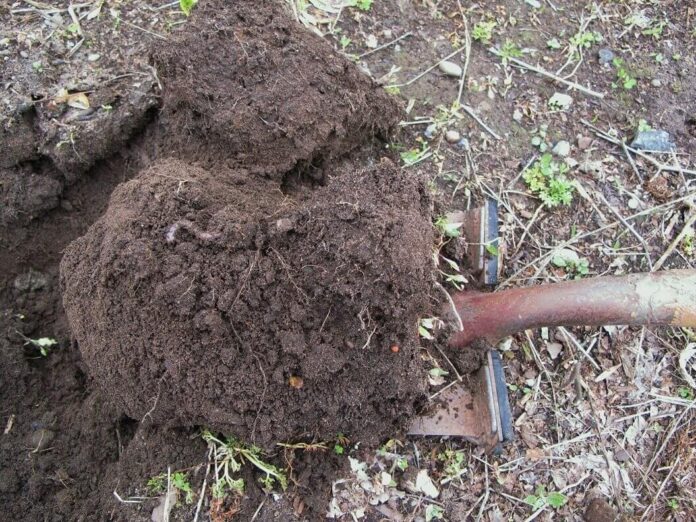It is quite common to see soil depleted, exhausted and almost non-productive. Fortunately, there are possibilities for these soils to be restored to high-quality soil for high productivity.
The General Importance of Soil
- Soils are central to food production across the world.
- Soils are the medium for plant growth.
- They also regulate the movement of rainwater on the earth’s surface.
- Soils also absorb, release, and transform many different chemical compounds.
- Soil organic matter stores a huge amount of atmospheric carbon reducing the global warming potential.
- They also serve as a foundation for roads, industry, and our communities.
What kind of soil do you want?
THINK LIKE A ROOT
If you were a root, obviously you would like soil that provides adequate nutrients and has a good tilth so you can easily grow and explore the soil. Furthermore, a soil that stores enough water for use when needed. The soil must also be biologically active with beneficial organisms to provide you with nutrients and growth-promoting chemicals. Also to control potential disease organism populations.
Also. you would want soil without soluble heavy metals that will harm you. pH to be in the right range and no restriction by the subsurface layers to deep soil growth.
To sum it up, you want healthy and high-quality soil.
How do soils become degraded?
Soil degradation leads to lower crop production and can ultimately lead to hunger. Many soils around the world are degraded and have been rendered less productive.
- Soil degradation mostly occurs when there is erosion. This reduces soil organic matter. Soils become compact, making it hard for water to infiltrate and roots to develop properly. Erosion continues, and nutrients are too low for good crop growth.
- The soil can also become saline under irrigation in arid regions reducing soil health. Salts added to the irrigation water must be leached beneath the root zone to avoid the problem.
- In tropical regions with high temperatures and rainfall, soils with most organic matter close to the surface can degrade soil significantly within two or three years of conversion to cropland.
The “slash and burn” system can cause the loss of huge amounts of organic matter leading to soil degradation.
How Do You Build a Healthy, High-Quality Soil?
Converting degraded or low-quality soil into high-quality soil requires understanding, thought, and significant actions.
Creating high-quality soil differs from farm to farm and even field to field, however, the general approaches are the same.
- Implement several practices that add organic materials to the soil.
- Add diverse sources of organic materials to the soil.
- Minimize losses of native soil organic matter.
- Provide plenty of soil cover—cover crops and/or surface residue—to protect the soil from raindrops and temperature extremes.
- Minimize tillage and other soil disturbances.
- Whenever travelling on the soil with field equipment, use practices that help develop and maintain good soil structure.
- Manage soil fertility status to maintain optimal pH levels for your crops and a sufficient supply of nutrients for plants without resulting in water pollution.
- In arid regions, reduce the amount of sodium or salt in the soil.
In summary
Soils can be degraded and they can be amended. Avoid practices that degrade soils and when you find one that is degraded adopt the right practices to amend it into high-quality soil.
Reference
Healthy soils – (sare.org)


